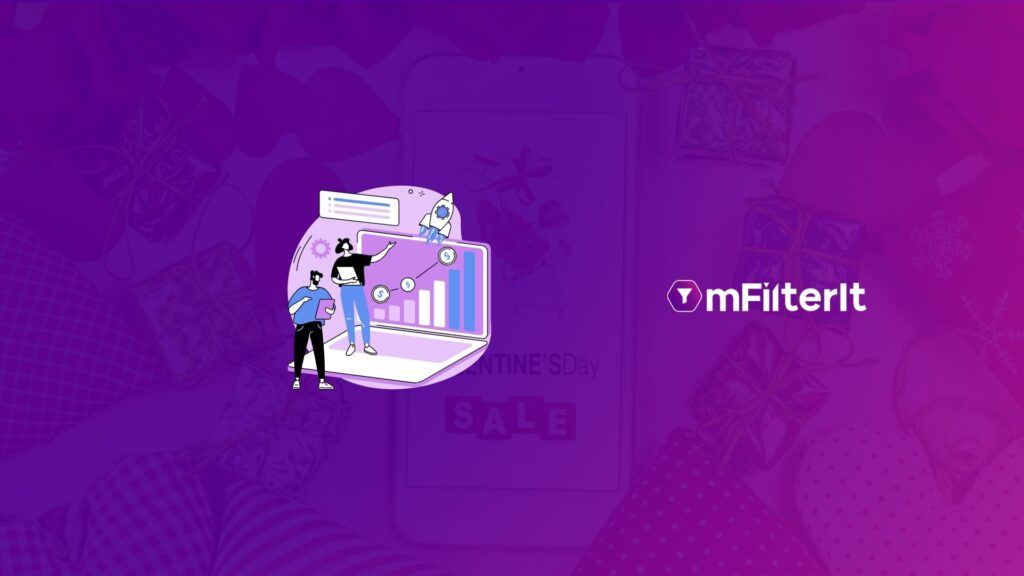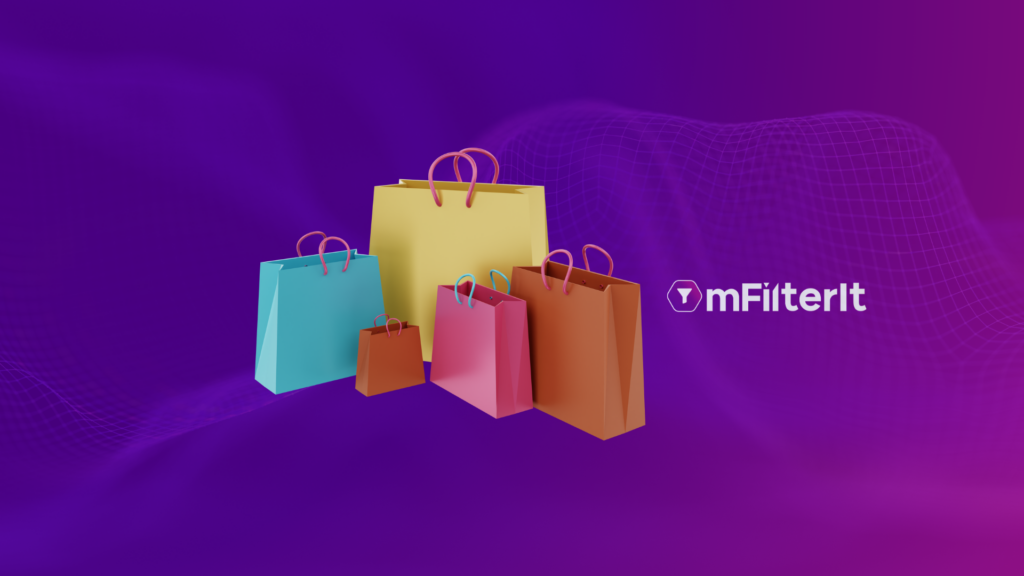Live Commerce – Buy it when you see it
Indian eCommerce players are swiftly moving towards Live Commerce to connect with new shoppers The rules of the game are changing! Online shopping is no longer limited to eCommerce marketplaces. The digital commerce landscape has expanded to new swift shopping avenues. Now shoppers can make a purchase while scrolling through their social media or just buy an item from a sponsored Live stream. The Omni Channel Shopping is the way forward for brands and sellers. Live Commerce is one such hot avenue attracting new shoppers and influencing brands to go Live with their products. Wondering what next for eCommerce Industry and brands? Let’s dig deep into Live commerce segments and Trends to find out the answers. Buy Live! Tune in to Live Commerce The first question comes that strikes the mind is – “How Live commerce is different from traditional eCommerce?” First, itLive. Second, itmore than just social commerce. It gives a Live view of the product to the shoppers. Live commerce involves the use of live-streaming videos to sell products in real time. Not like those teleshopping shows bugging you to call and buy again and again. Itthe influencer marketing and promoting the product Live with an option to buy now. This can be done through a variety of platforms, including social media, eCommerce websites, and dedicated live commerce platforms. The basic idea is to create an interactive shopping experience that allows consumers to engage with brands and products Live. The Rise of Shopatainment The immersive shopping experience provided by Live Commerce allows brands to engage at a deeper level with users. The charm of influencers and interactive shopping experiences makes it entertaining for digital natives and a new generation. According to a recent report by RedSeer, the Gross Merchandise Value (GMV) of items sold on Live Commerce mediums via short videos is all set to rise up to $5 billion by 2025 in India. A new shopping avenue – The retailers are also moving swiftly towards Live eCommerce not expecting massive sales but to enhance user engagement and boost sponsored product visibility. The delivery style of the influencers connects with the user and makes it a more personal experience. It gives shoppers certainly more than the product description. All they need to do is trust what they see and click on the buy now button. Brands and retailers are coming together for such Live Commerce sessions. A prominent brand like SUGAR Cosmetics participated in Myntralive commerce session and did another one with Nykaa, the beauty product portal to boost their product visibility and sale by featuring in this growing shopping avenue. The results were promising. Fashion products are expected to contribute 60-70% in Live commerce growth in GMV followed by the Beauty & Personal Care segment and others making up 30-40%. Even the automotive giants are also not far behind. On Flipkart hosted Live commerce event, Automaker companies like Ampere, BGauss, Bounce, and Hero showcased their wide range of electric and petrol 2-wheelers. Hero MotoCorp’s Hero XTreme 160R Stealth 2.0 was launched via Live Commerce and witnessed a viewership of more than 2.6 lakh people. The adoption of Live commerce is significant as 65% of shoppers on these Live streams are from tier-2 cities and beyond. The new shoppers are making their presence felt in this growing segment of omnichannel digital commerce. Amazon India also launched its live commerce feature ‘Amazon Live’ with over 150 content creators to cash in on the festive season. The reason for such traction is quite simple Live commerce reduces the friction for the less digital savvy new users who find it easy this way to consume content and make shopping decisions. Key aspects of Live Commerce Ability to Build Trust with Customers – One of the key benefits of live commerce is the ability to build trust with customers. Live video allows consumers to see the products in action and get a better sense of what they are buying. This can help overcome some of the skepticism and uncertainty many people feel when shopping online. Create a Sense of Urgency – Another benefit of live commerce is the ability to create a sense of urgency. By broadcasting live, retailers can create a feeling of exclusivity and scarcity, which can encourage consumers to make a purchase on the spot. This can be particularly effective for limited-edition or time-sensitive products. Live Commerce trends are gaining traction as consumers look for more engaging and interactive ways to shop online. The Future of Live and Social Commerce The future of Live and social commerce is bright, as both trends continue to gain momentum in the eCommerce industry. In the coming years, we can expect to see more retailers embracing these new ways of selling products, and more consumers embracing the convenience and interactivity of live and social commerce. Augmented and Virtual Reality – One of the key areas of growth for live and social commerce is in the use of augmented and virtual reality. These technologies allow consumers to see and interact with products in a more immersive way, which can help to drive sales and create a more engaging shopping experience. For example, a customer could use an AR app to try on clothes or see how furniture would look in their home, before making a purchase. Artificial intelligence and Machine Learning – Another area of growth for live and social commerce is the use of artificial intelligence and machine learning. These technologies can help retailers to personalize the shopping experience, by providing tailored recommendations and offers based on a consumer browsing and purchasing history. This can help to increase engagement and drive sales, while also improving the overall customer experience. Final Thoughts Live and social commerce are two exciting trends that are changing the way we shop online. These new forms of eCommerce offer a more engaging, interactive, and personalized shopping experience, and are likely to continue to grow in popularity in the coming years. As retailers continue to innovate and experiment with new technologies, brands can expect to see even
Live Commerce – Buy it when you see it Read More »









